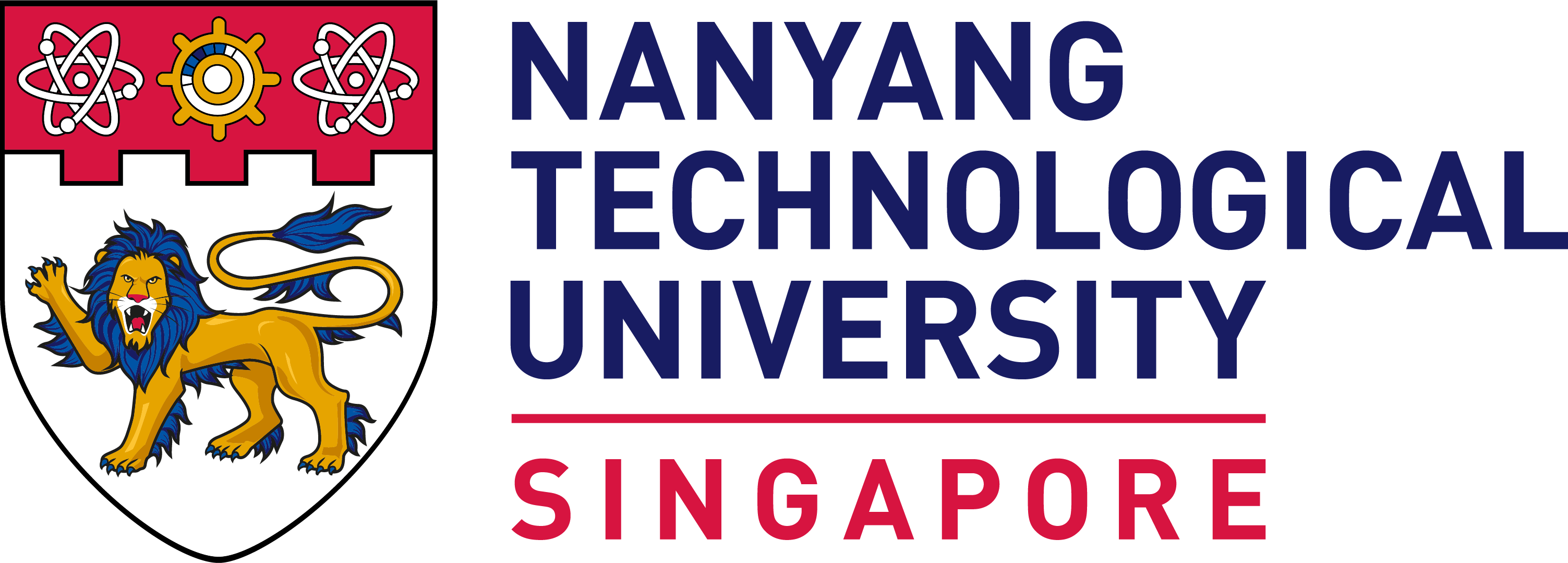CCTF Distinguished Lecture Series by Vitalik Buterin, Creator of Ethereum
Vitalik delivered a talk on “The merge and what’s next for Ethereum” to almost 800 people, both onsite and online, from the NTU community and beyond in a CCTF Distinguished Lecture on 7 November 2022.
Centre in Computational Technologies for Finance (CCTF), College of Engineering (CoE) has the privilege of hosting Vitalik Buterin, creator of Ethereum for its Distinguished Speaker Lecture Series on 7 November 2022. The Distinguished Speaker Lecture Series was established by CCTF to invite highly influential leaders and experts from academia, industry and civil society to provide opportunities for the NTU community to network and collaborate with world-class leaders. The talk was hosted by Professor Yonggang Wen, Associate Dean (Research) of CoE, Professor and President’s Chair at the School of Computer Science and Engineering (SCSE), and Engineering Director of CCTF, CoE.
Last month the Ethereum network has completed the Merge, the final step in its full switch to Proof of Stake (PoS) and by far the largest change that has ever taken place to the Ethereum protocol. The Merge brings Ethereum crucial benefits in environmental sustainability, security and efficiency. In this talk, Vitalik began with the introduction of the Merge which was the most technically complex project in Ethereum history. He then talked about the current state post-Merge and the remaining problems. To address these problems, he shared some ongoing efforts including Danksharding, Rollups/Layer 2, Account abstraction. He wrapped up the talk with the longer-term goal of Ethereum.

The Merge as the most technically complex project had been going through multiple years of planning and execution. This demonstrated what a true long-term project in blockchain looks like.

The benefits of the Merge are significant in various aspects including environmental sustainability, energy efficiency, security etc., with the highlight of 99.95% less electricity consumption.

As the next steps post-Merge, Vitalik emphasized the remaining problems which are also the reasons that blockchain/Ethereum is still distant from daily mainstream usage. He used his own experience as the example that when he was doing payment in different parts of the world, the overall experience was still much worse than that of credit cards.

Danksharding is currently the main focus of the Ethereum engineering team, which is to improve the efficiency around data availability for the nodes.

As the longer-term goal, Ethereum protocol is an infrastructure rather than a set of application-layer features, so stability is the key. There would be less rapid changes as the system is getting more stable.

During the Q&A session, the audience were overwhelmingly active with lots of interesting questions. In order to accommodate more questions in a limited time, Vitalik even had to cut the answer to each question short. In the end, on behalf of NTU students, Prof Wen asked for Vitalik’s suggestions on what core subjects and skills the students need to learn if they are interested in exploring the blockchain sector as their future careers. Vitalik suggested several directions including zero-knowledge proofs (e.g. zk-SNARK), from product perspective understanding people’s needs in different parts of the world, UI design skills, community building mindsets etc.
The full recording for this lecture can be assessed at this Youtube link.
About the Speaker
Creator and Co-founder of Ethereum
Vitalik is the creator of Ethereum. He first discovered blockchain and cryptocurrency technologies through Bitcoin in 2011, and was immediately excited by the technology and its potential. He cofounded Bitcoin Magazine in September 2011, and after two and a half years looking at what the existing blockchain technology and applications had to offer, wrote the Ethereum whitepaper in November 2013. He now leads Ethereum's research team, working on future versions of the Ethereum protocol.














/enri-thumbnails/careeropportunities1f0caf1c-a12d-479c-be7c-3c04e085c617.tmb-mega-menu.jpg?Culture=en&sfvrsn=d7261e3b_1)

/cradle-thumbnails/research-capabilities1516d0ba63aa44f0b4ee77a8c05263b2.tmb-mega-menu.jpg?Culture=en&sfvrsn=1bc94f8_1)




